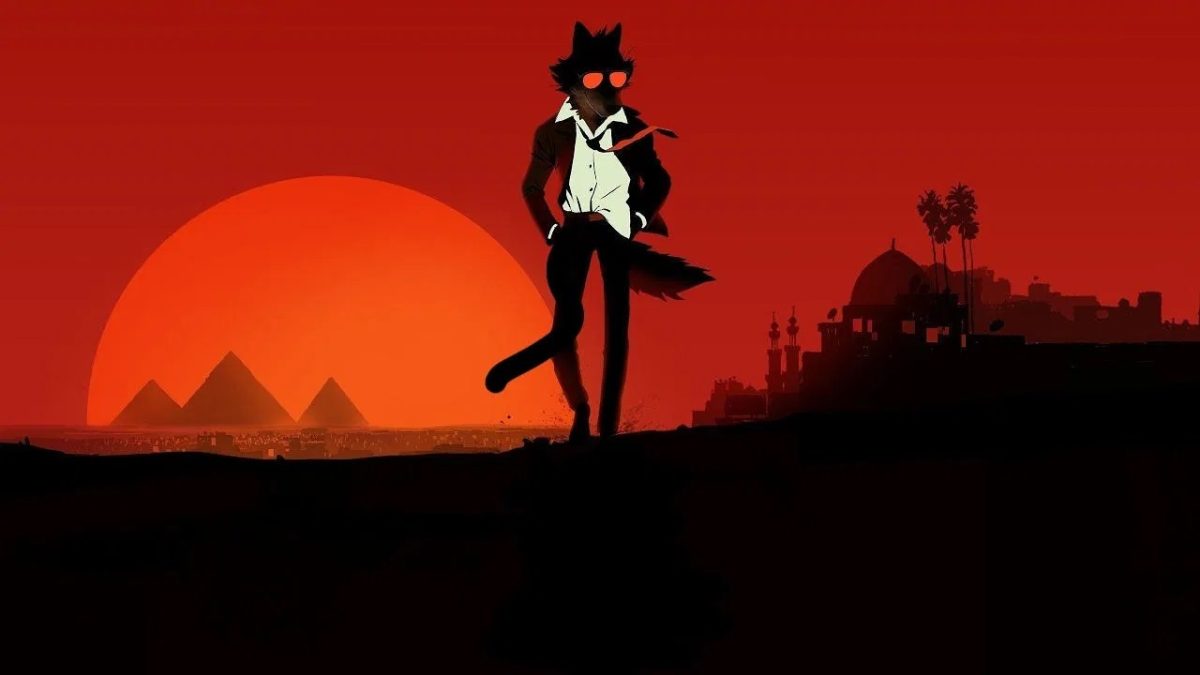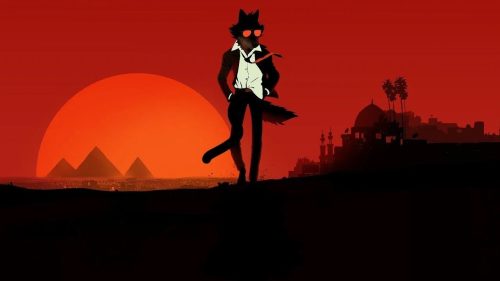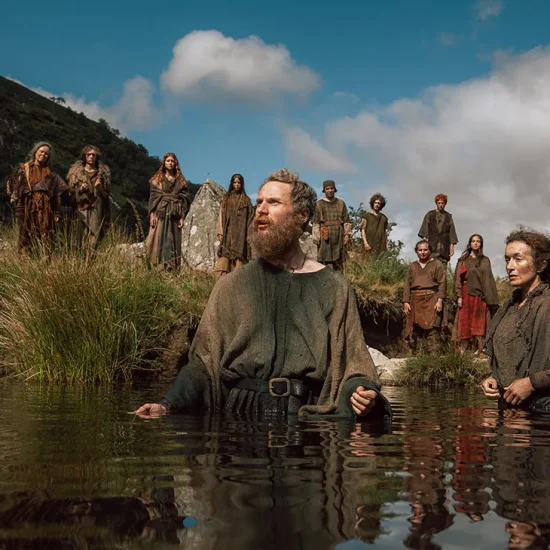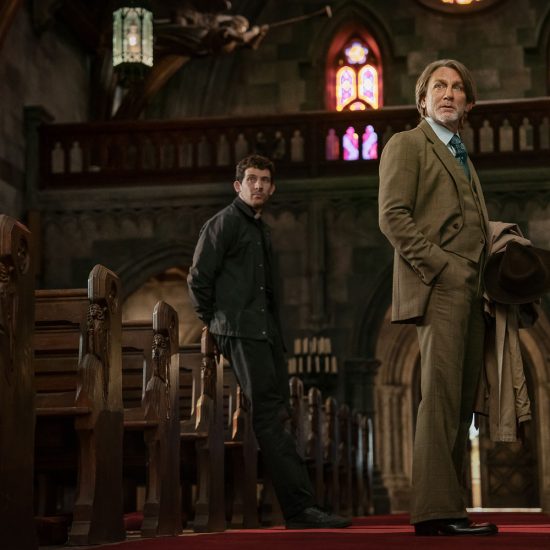
“If anyone is in Christ, he is a new creation. The old has passed away; behold, the new has come. All this is from God who through Christ reconciled us to himself and gave us the ministry of reconciliation.” 2 Corinthians 5:17-18
Some of my earliest church experiences were sitting (or rather standing, this was a Pentecostal church) in the sun-drenched chapel at the church that my dad pastored — and came to faith in — and singing the song “I’m A New Creation.” The church, for over a century and a half, has always been a haven for people looking for second (or third or fourth) chances. It’s been a refuge for the different waves of immigrant groups and migrants who have come through the neighborhood, people experiencing homelessness, drug addiction, and former gang members (like my dad).

Juliet Vedral
So when we sang “I’m A New Creation,” often to my dad’s accordion (since there wasn’t much in the way of “worship arts”), it, as the kids say, hit different. The people singing this song weren’t just going through the motions. They were trying to record this truth in their hearts: that in Christ, the old things had truly passed away and they could be new people.
I couldn’t help but think of that song while watching Pierre Perifel’s The Bad Guys 2. The first film, The Bad Guys, shows Mr. Wolf, Mr. Piranha, Mr. Snake, Mr. Shark, and Ms. Tarantula choosing to turn from their life of crime and do good. In this delightful and visually stunning sequel, we see how hard it actually can be to seek redemption when society wants “bad guys” to turn their lives around, but doesn’t want to be the first to give them a second chance.
The film shows the real-life challenges that individuals with criminal records face when they try to re-enter society. As a “Bad Guy,” Mr. Wolf drove expensive cars (that he stole). On this side of prison, Mr. Wolf is shown driving a barely functioning lemon on his way to a job interview at a bank that he robbed in the past. The bank manager is hesitant to employ Mr. Wolf and tries to politely reject him. We see that Mr. Wolf has been rejected from every job he’s applied to. The same goes for the rest of the Bad Guys, who are struggling to figure out their lives now that they are “good.”
Newly released, broke, and seeking purpose in their lives, the Bad Guys are pretty vulnerable to temptation, even though they are trying to do good. So when a rival group of “Bad Girls” tries to pull them back into one more heist, the team is motivated to participate in order to help one of their friends.
“The first 90 days after release are the most critical in a returning citizen’s journey. Without support, many face a confusing and isolating reentry — often with only $50, a bus ticket, and no ID, housing, or job. Nearly 50% of recidivism happens during this vulnerable period,” according to the Prison Entrepreneurship Program’s website.

The Bad Guys 2 is in theaters now (image courtesy of DreamWorks Animation)
For a “kids movie” these are some pretty heavy situations. But the message that everyone deserves a second chance is not heavy-handed or preachy. The Bad Guys 2 is lighthearted and visually beautiful, using different types of animation for different scenes.
“[A]nimation is really, truly a medium where you can do kind of anything and you can just create any kind of visuals you want,” director Pierre Perifels told me during a recent interview. “[F]or fights, the idea was always to borrow from a little bit of the anime genre to just get something a bit more kinetic, just a bit more graphic, and just something that just jolts you out as an audience and just gets you a bit more engaged. We cut to straight shots into the animation just to shake, to really just bring a little bit of a fresher flavor to what we’re describing on screen.”
When I asked Perifels why he was drawn to the Bad Guys movies, he shared, “[y]ou have the opportunity to have a great group of characters, super fun, super inventive, super cute with a tone that is sophisticated and silly, a great kind of genre of filmmaking. And then deep down underneath all of it, you have a great message that you can pass on.”
That great message, that everyone is worthy of redemption, is one that the church can also offer the world. After all, the guy who wrote “if anyone is in Christ, he is a new creation” was also the guy who wrote, “Christ Jesus came into the world to save sinners — of whom I am the worst.” If that “bad guy” could become history’s biggest cheerleader for grace, well, there is hope for us all.
Juliet Vedral is a writer, child-wrangler, and amateur shoe collector, as well as a senior associate at The Clapham Group. Her writing has also appeared in Sojourners. A native New Yorker, Juliet currently resides in Arlington, VA, which is still a weird thing for her to say.






